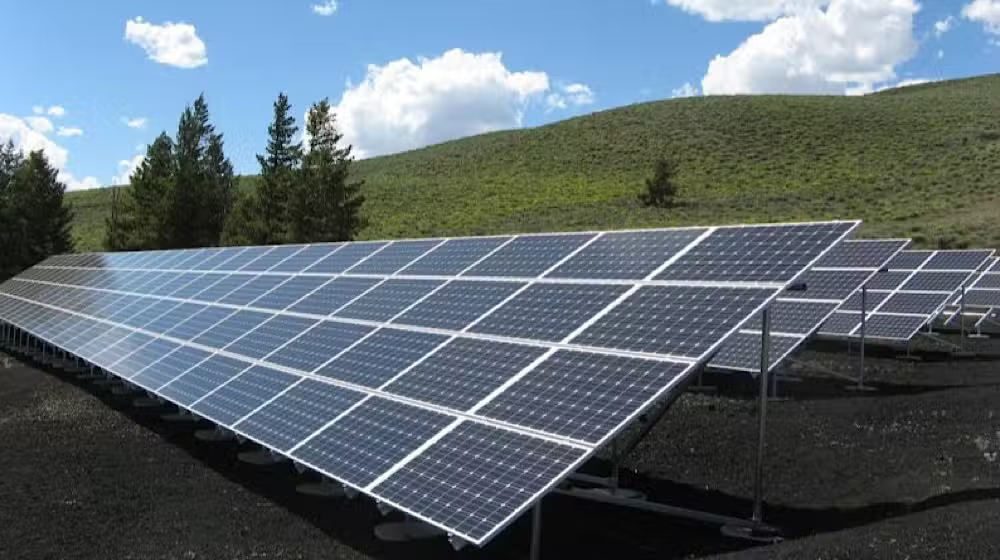Researchers in Switzerland have found a novel approach to enhance the efficiency and stability of perovskite solar cells by incorporating rubidium (Rb) into the material’s structure through lattice strain.
A team from the Swiss Federal Institute of Technology Lausanne (EPFL), led by Dr. Lukas Pfeifer and Dr. Likai Zheng, discovered that applying strain to the atomic framework effectively prevented rubidium from separating and forming undesirable compounds, which has been a significant challenge in previous designs.
This breakthrough addresses persistent issues with wide-bandgap (WBG) materials, crucial for harnessing high-energy sunlight but often plagued by energy loss and instability.
By rapidly heating and cooling the material, the researchers created controlled distortions that helped keep rubidium in place, thus avoiding phase separation that can degrade performance.
Additionally, the team introduced chloride ions, which enhanced the material’s internal structure by minimizing defects and promoting a more uniform ion arrangement. Tests utilizing X-rays, nuclear magnetic resonance (NMR), and computer simulations confirmed the complete integration of rubidium, leading to reduced energy loss.
The newly developed perovskite material achieved an open-circuit voltage of 1.30 volts, reaching 93.5% of its maximum efficiency—one of the highest performances recorded for WBG solar cells to date. It also demonstrated a strong photoluminescence quantum yield (PLQY), indicating improved conversion of sunlight into electricity.
These findings could pave the way for more practical and cost-effective perovskite-based solar panels, particularly when combined with silicon in tandem cells. Moreover, this technique may also enhance LEDs, sensors, and various optoelectronic technologies.
The researchers are optimistic that their discovery will bring us closer to utilizing cleaner and more dependable energy sources globally.
For more daily updates, please visit our News Section.

